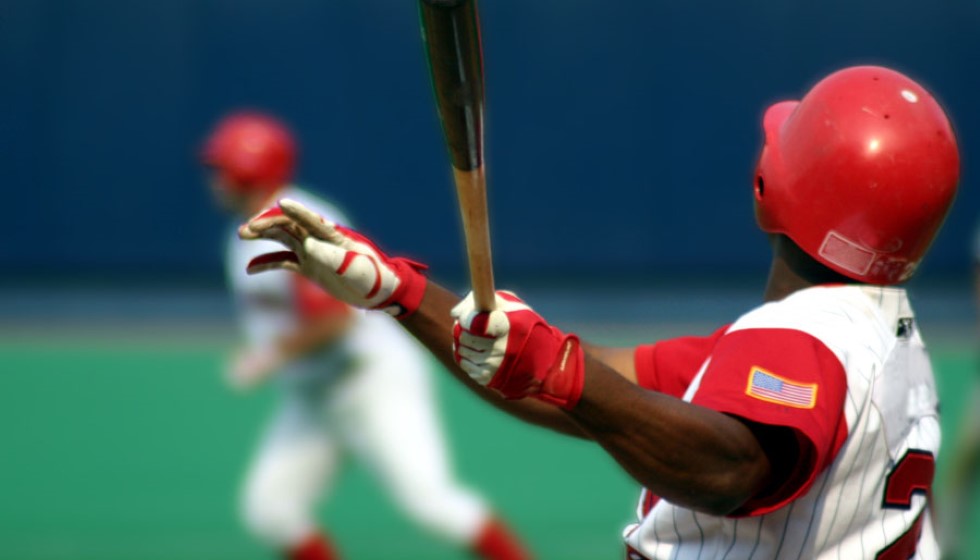
In the high-octane world of Major League Baseball (MLB), the spotlight often shines on the pitchers who, with every throw, blend art and athleticism in a quest for perfection. Yet, beneath the surface of these sterling performances lies a troubling trend that threatens not just the quality of the game but the very fabric of its most crucial component: the health of its pitchers. Recent developments have brought this issue into sharp relief, highlighting a series of concerns that demand immediate attention.
Injury Toll Mounts Among Top Pitchers
The list of pitchers sidelined due to injury reads like a who's who of the MLB's pitching elite. Eury Pérez, Shane Bieber, Jonathan Loáisiga, and Spencer Strider find themselves on the injured list, their absence felt not just by their teams but by fans across the league. Adding to the concern is Framber Valdez, who was recently scratched from a scheduled start owing to elbow soreness, a symptom that often precedes more serious diagnoses.
Alarming Statistics
A startling statistic underscores the gravity of the situation: 34.2% of MLB pitchers have undergone Tommy John surgery, a procedure that replaces a ligament in the elbow and requires a long and uncertain recovery. Additionally, at the start of the season, 80% of the players on the injured list were pitchers, a disproportionate representation that signals a deeper malaise affecting those on the mound.
The Culprits
A confluence of factors contributes to the uptick in pitcher injuries, with each adding a layer of strain to the already arduous task of pitching. The implementation of a pitch clock, designed to speed up the game, may inadvertently be putting additional pressure on pitchers by reducing recovery time between throws. Moreover, the pursuit of increased pitching velocity and enhanced spin rates, while beneficial for performance, places immense stress on pitchers' arms, accelerating wear and tear.
The MLB's crackdown on the use of foreign substances has further exacerbated the situation. Pitchers argue that certain substances, now banned, were essential to maintaining grip and control over the baseball, reducing the risk of injury. The prohibition has led some to assert a direct link between the ban and an increase in injuries.
Another contributing factor is the early specialization in youth baseball. Young athletes are concentrating on pitching from an early age, leading to early wear and tear on their arms. This specialization, coupled with a professional culture that values velocity over longevity, sets the stage for a career marred by injuries.
Additionally, there are growing concerns about the health impacts of reduced recovery time, not just between pitches but also between games. The relentless schedule of the MLB season offers little respite for pitchers, whose arms are subjected to a relentless cycle of strain and minimal recovery.
Call for Action
Frustration is mounting among players, particularly regarding the ban on foreign substances. One player's sentiment encapsulates this frustration sharply: "I truly believe 100% that's why I got hurt. I'm frustrated MLB doesn't understand. You can't just tell us to use nothing. It's crazy."
Moreover, the league's hesitancy to acknowledge or thoroughly study the effects of these significant changes breeds resentment and concern among both players and fans. As the debate intensifies, so does the call for a comprehensive review and possible revision of the policies and practices currently in place.
Conclusively, the quotation, "Our concerns about the health impacts of reduced recovery time have only intensified," alongside, "The league's unwillingness thus far to acknowledge or study the effects of these profound changes is an unprecedented threat to our game and its most valuable asset — the players," voices a growing consensus. The MLB stands at a crossroads, where the decisions it makes today will echo through the future of the game. It's a moment calling for reflection, for reevaluation, and, ultimately, for action. The sustainability of baseball hinges not just on its ability to entertain but on its capacity to care for those who make the game what it is: the players.